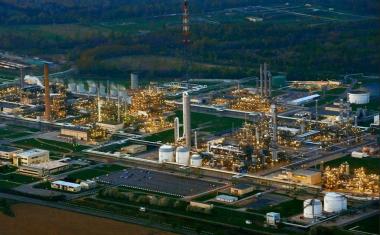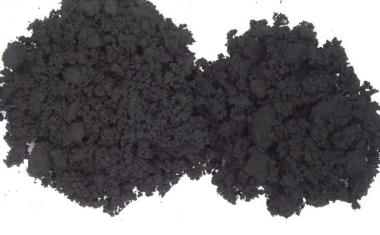Ineos Acquires First-Ever US Shale Asssets
Ineos has at last clinched a deal that its founder Jim Ratcliffe has had in his sights for about a decade. The UK-steered olefins and polyolefins giant this week announced it had plunked down $1.4 billion to acquire its first US onshore oil and gas assets.
With subsidiary Ineos Energy’s purchase from Chesapeake Energy of 2,300 wells producing net 36,000 bbl of oil equivalent per day in the Eagle Ford shale play of south Texas, the chemical group could have its first dedicated US basis for carrying out exploration activity, although the current focus appears to lie elsewhere.
When the deal is completed, as is expected for the 2023 second quarter but will be backdated to October 2022, Ineos will hold production and exploration leases across 172,000 acres in south Texas.
Oklahoma-based Chesapeake earlier had announced its intention to divest assets in the Eagle Ford to focus on natural-gas assets in the Marcellus gas field of Appalachia and in the Haynesville basin of Louisiana and East Texas, as part of its strategy to gain exposure to increasing exports of US liquefied natural gas (LNG).
The company has been under pressure from an activist investor, private equity group Kimmeridge, to divest its crude assets and refocus on low-cost gas wells. According to reports, Chesapeake started drilling in the Eagle Ford around 2009 as part of a pivot to oil at the time after a glut of natural gas caused prices to crash.
In a statement, Ineos said the addition of Chesapeake's Texas assets and operations is part of its energy arm’s strategy “to build a global integrated portfolio, fit for the energy transition, offering high quality energy solutions to its customers.”

Commenting on the buy, Ineos Energy chairman Brian Gilvary said that over the past two decades, “the US onshore oil and gas production has provided security of supply for the global market and competitive advantage for US industry. We believe this acquisition will help us to serve our internal and external customers today as we continue to position our business to meet the energy transition.”
With the world “critically dependent” upon oil and gas as a transitional energy source until sufficient quantities of green energy become available, the statement continued, “Ineos will play an important part in this transition ultimately focusing on hydrogen and carbon sequestration.
Being at the center of the US shale gas industry should give Ineos and its leaders some degree of satisfaction after spending large sums but failing to make Scotland and England “safe for shale” amid overwhelming anti-fracking sentiment in the local population.
The Eagle Ford shale play has been the site of significant oil and gas development and production in recent years, covering an area of around 26,000 square miles from the Mexican border in the south to east Texas in the north. The formation is estimated to contain more than 10 billion bbl of oil and 350 trillion cubic feet of natural gas.
In Europe, Ineos’ energy efforts are concentrated on exploration and production of onshore and offshore oil and gas assets in the North Sea off the coasts of the UK and Denmark. In recent years, Ineos Energy has invested in low-carbon technologies, including carbon capture and storage (CCS) as well as hydrogen.
The subsidiary leads a consortium that later this year will test what Ineos said is the world’s first cross-border offshore carbon capture and storage project, in the North Sea. The Denmark sector project is said to have potential sequestration volumes of 1.5 million t of CO2 per year by 2025, increasing to a potential 8 million t annually by 2030.
Ineos is also part of another consortium of 11 companies that support the large-scale deployment of carbon capture and storage (CCS) technology in Houston, Texas. The potential storage capacity in the Houston area alone could lead to capturing and safely storing up to 50 million metric tons of CO2 per year by 2030 and about 100 million tonnes by 2040, it said.
The chemical producer also is involved in several projects to develop demand for hydrogen, replacing existing carbon-based sources of energy, feedstocks and fuel. Ineos said it expects to develop further partnerships with leading organizations involved in the development of new applications.
Author: Dede Williams, Freelance Journalist
















